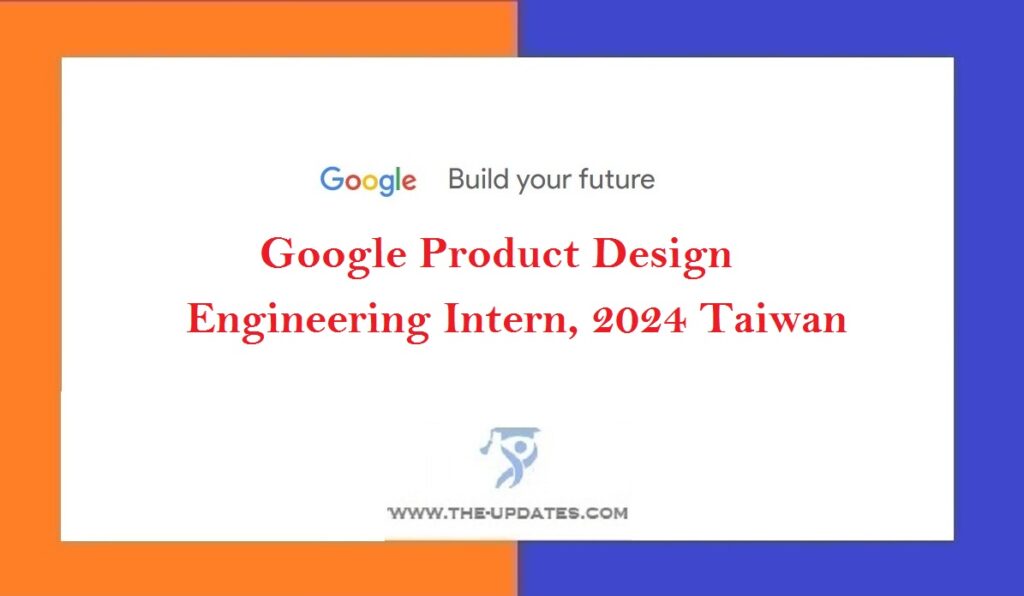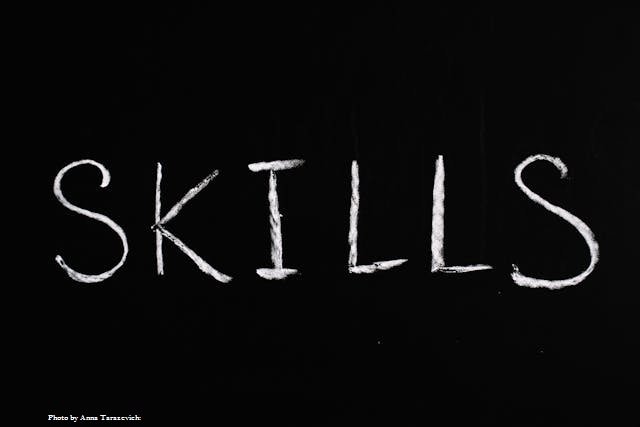We encourage applicants to apply as soon as possible as, we might close the application in advance according to application and hiring status, so we encourage applicants to apply earlier. Our team will review applications on a rolling basis and it’s in your best interests to apply early. Thank you for your patience while we consider your application.
Please complete your application before January 31, 2024.
To apply, you must submit all of the following materials:
- Updated resume
Please include the relevant graduation dates (MM/YY), coding language(s) if applicable along with any technical experience or projects. - Transcript (unofficial or official)
This application is intended for students who are eligible for full-time work upon completing their education, who will be returning to their degree program after the completion of the internship.
Google welcomes people with disabilities.
Minimum qualifications:
- Currently pursuing a Master’s degree in Mechanical Engineering, Computer Engineering, Product Design, Electrical Engineering or a related technical field.
-
Internship, work, educational, or personal project experience with product design, or experience with Computer Aided Design (CAD) tools (e.g., Solidworks/Pro-E/Creo/Catia/NX/AutoCAD) and mechanical simulation tools.
Preferred qualifications:
- Experience or knowledge of Thermodynamics or Heat Transfer.
- Experience or knowledge of thermal simulation software (e.g., ANSYS Icepak, Siemens Flotherm) and CAD software.
- Knowledge of mechanical assembly and system integration of complex consumer hardware.
- Understanding of computer systems such as physical, functional, logical, mechanical, electrical, software, thermal etc.
About the job
As a Product Design Engineer, you will help to reinvent the shape of electronics: balancing comfort, performance, and appearance. You will work on a team that balances these concepts in an innovative and harmonious design that complements and enables the technology. You are comfortable working on the borders of risk, actively communicating among a team to establish a design direction, creating prototypes that prove it, and working to scale that prototype.






